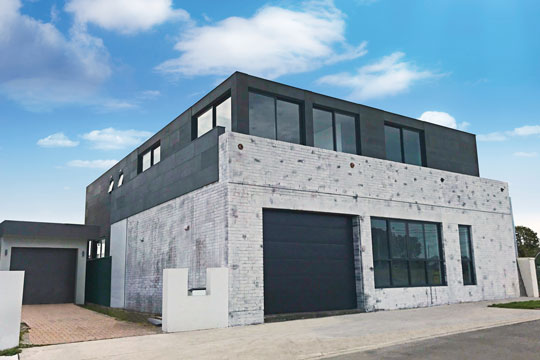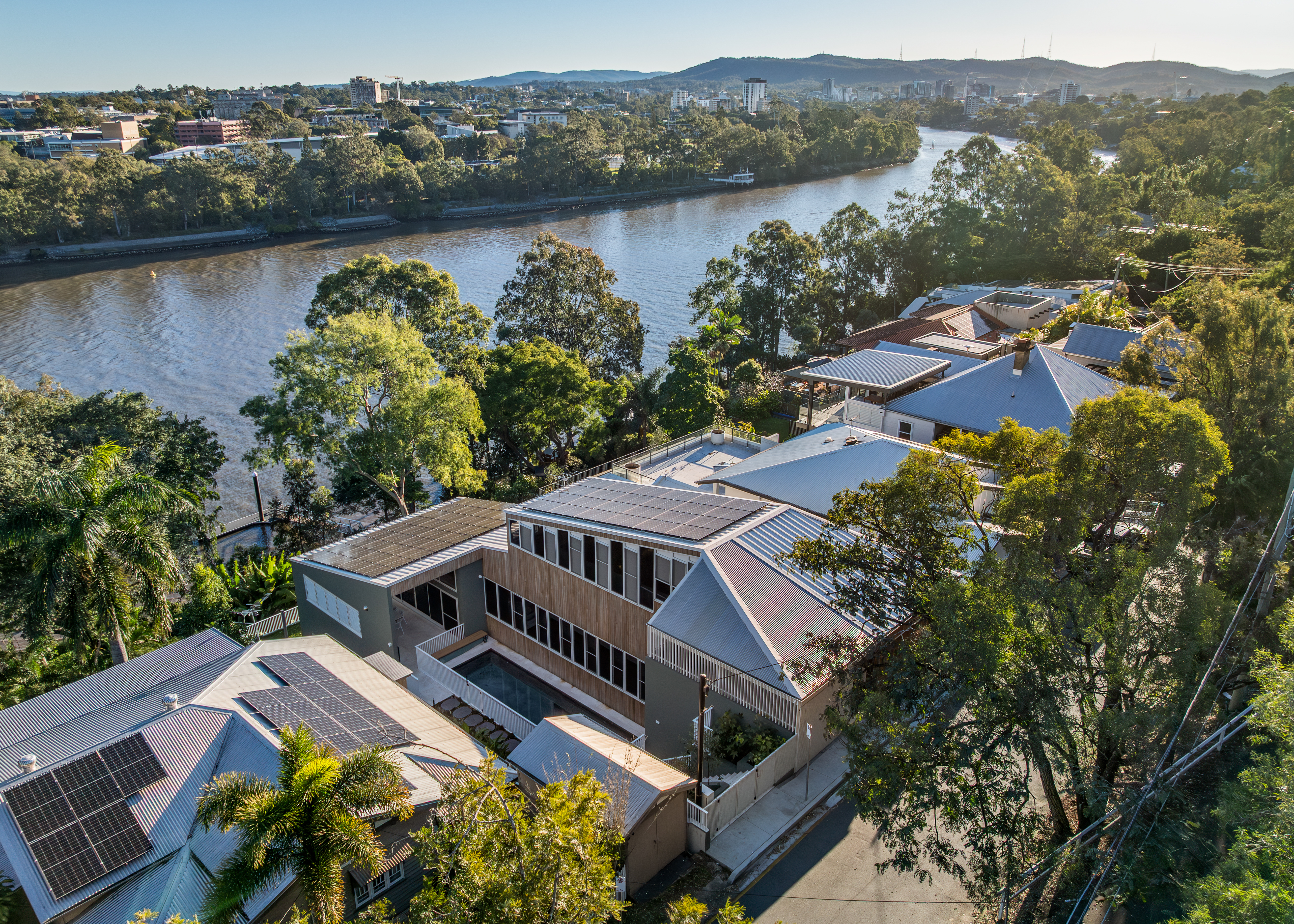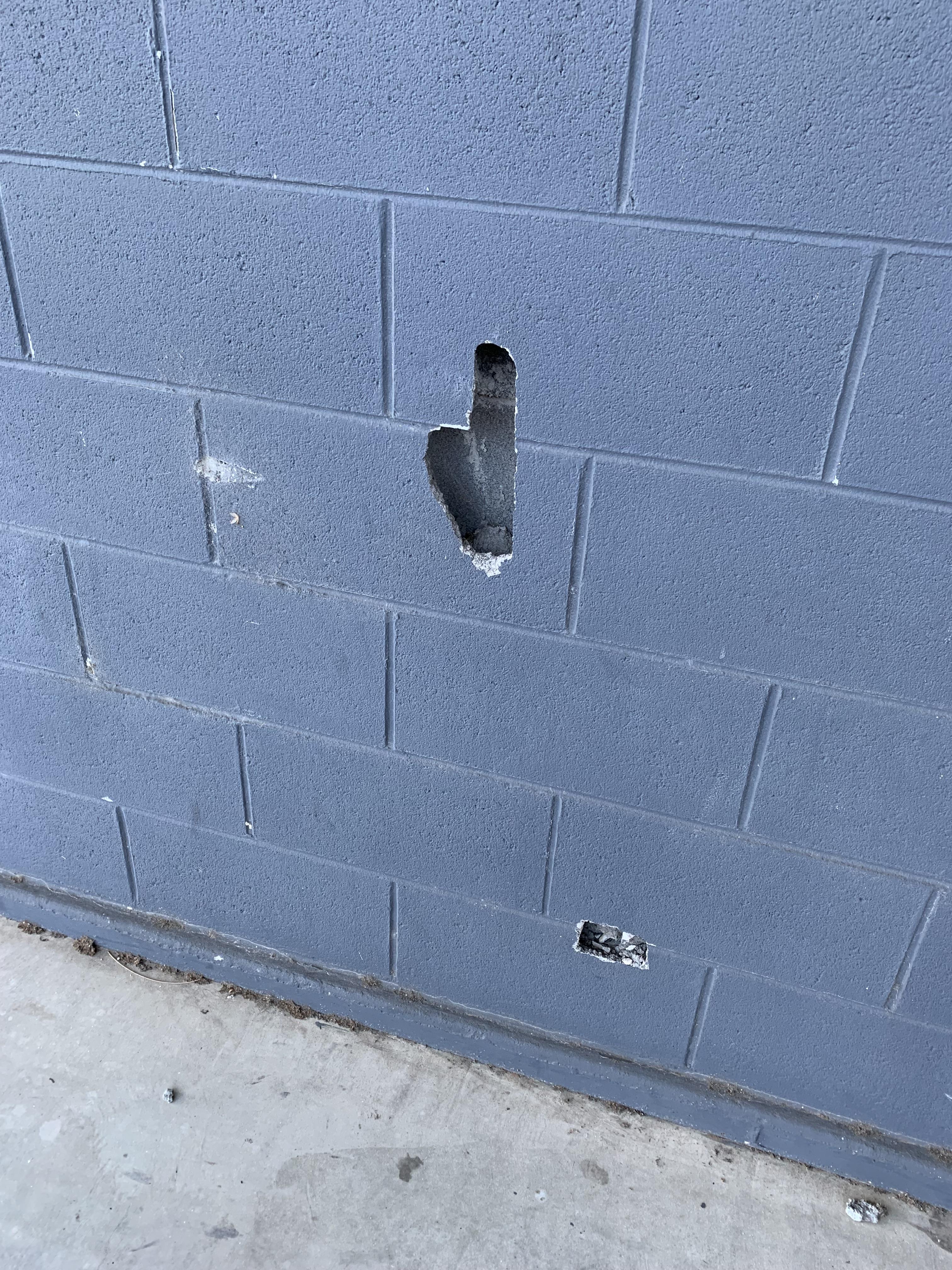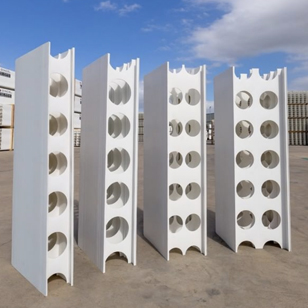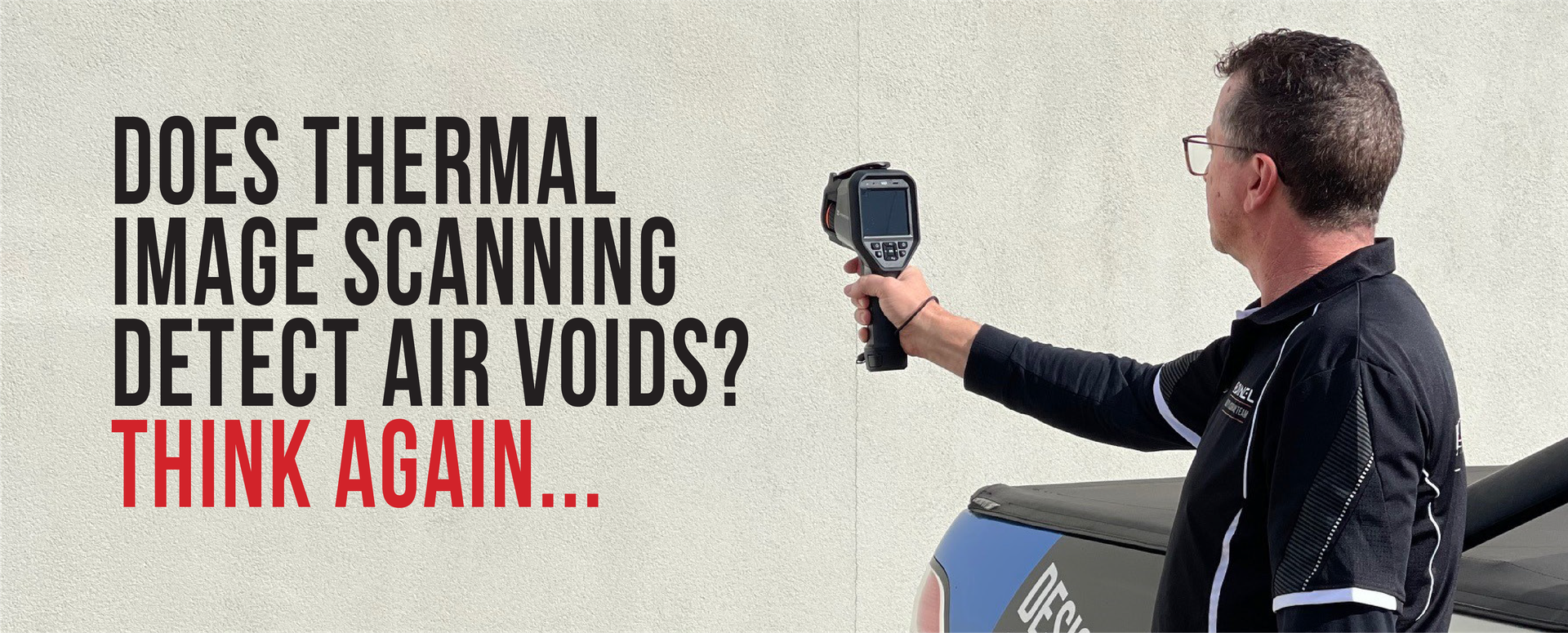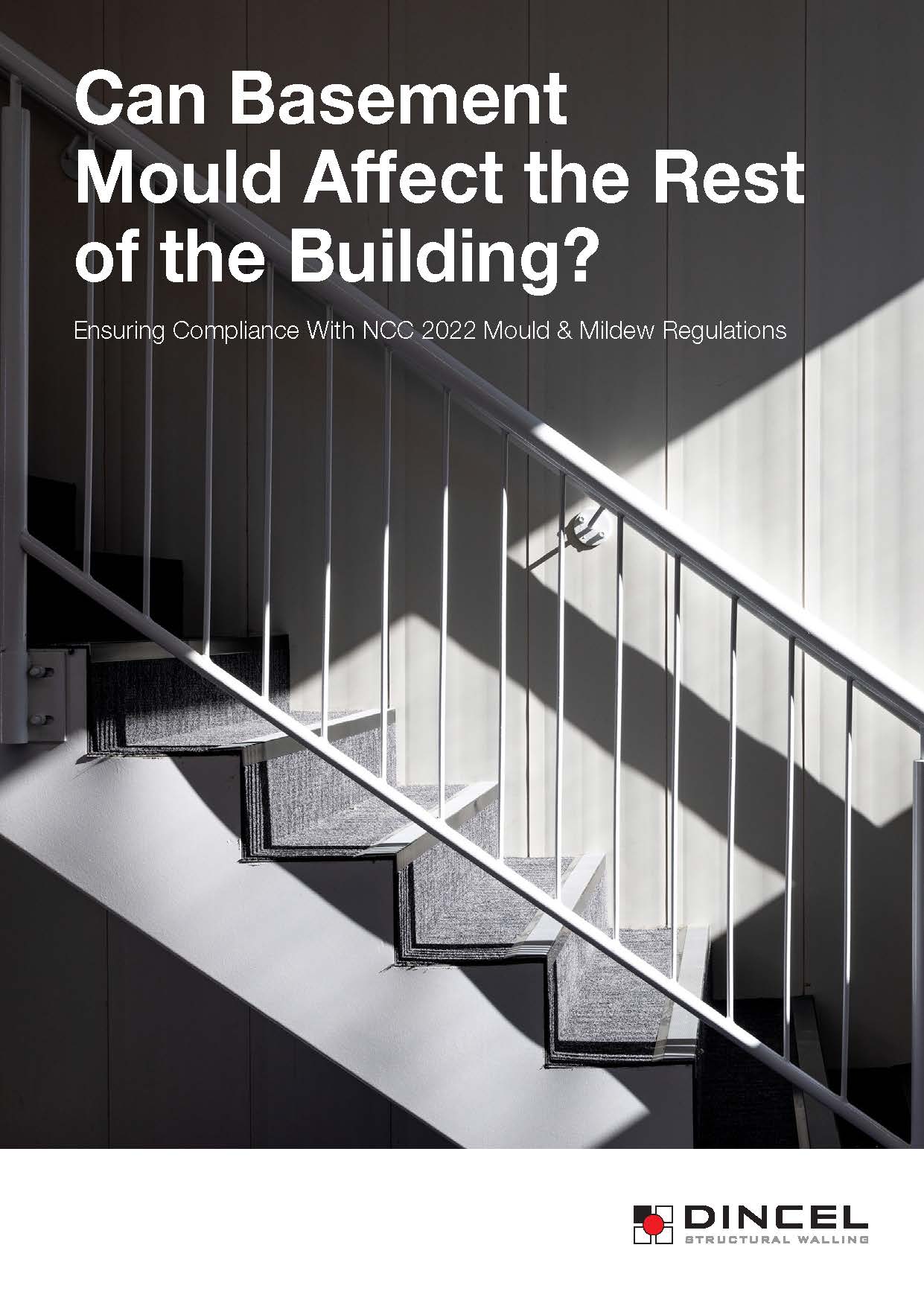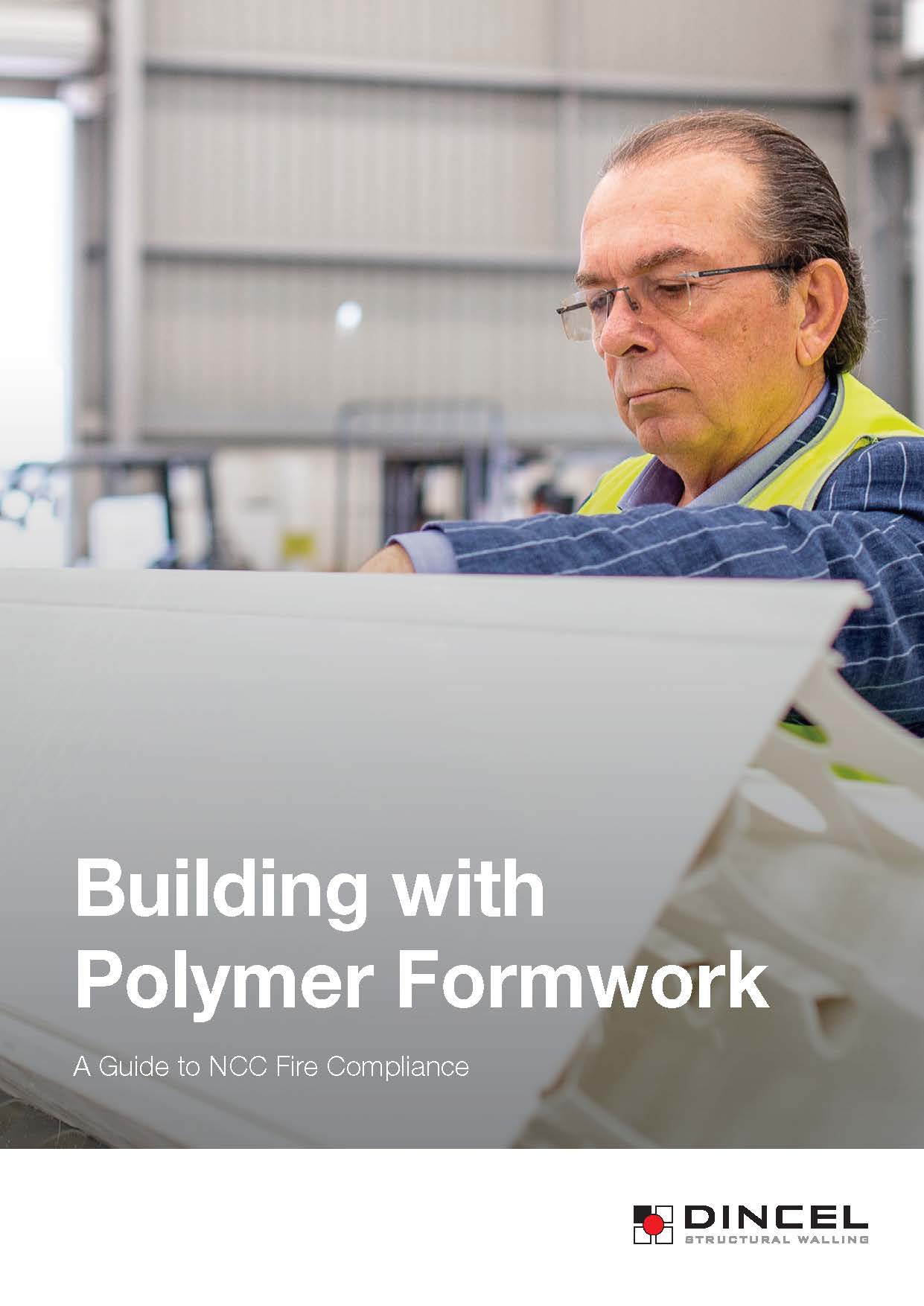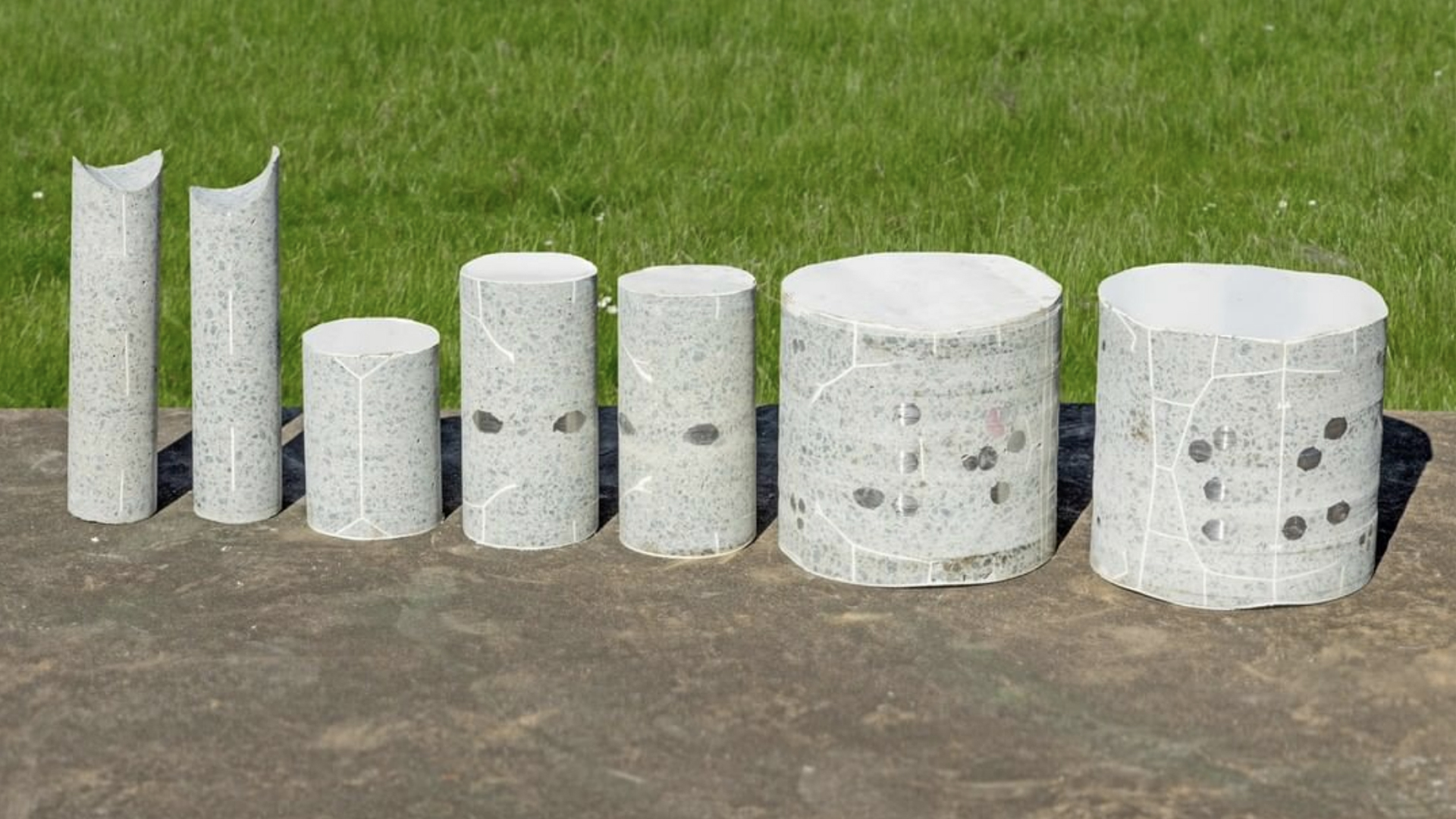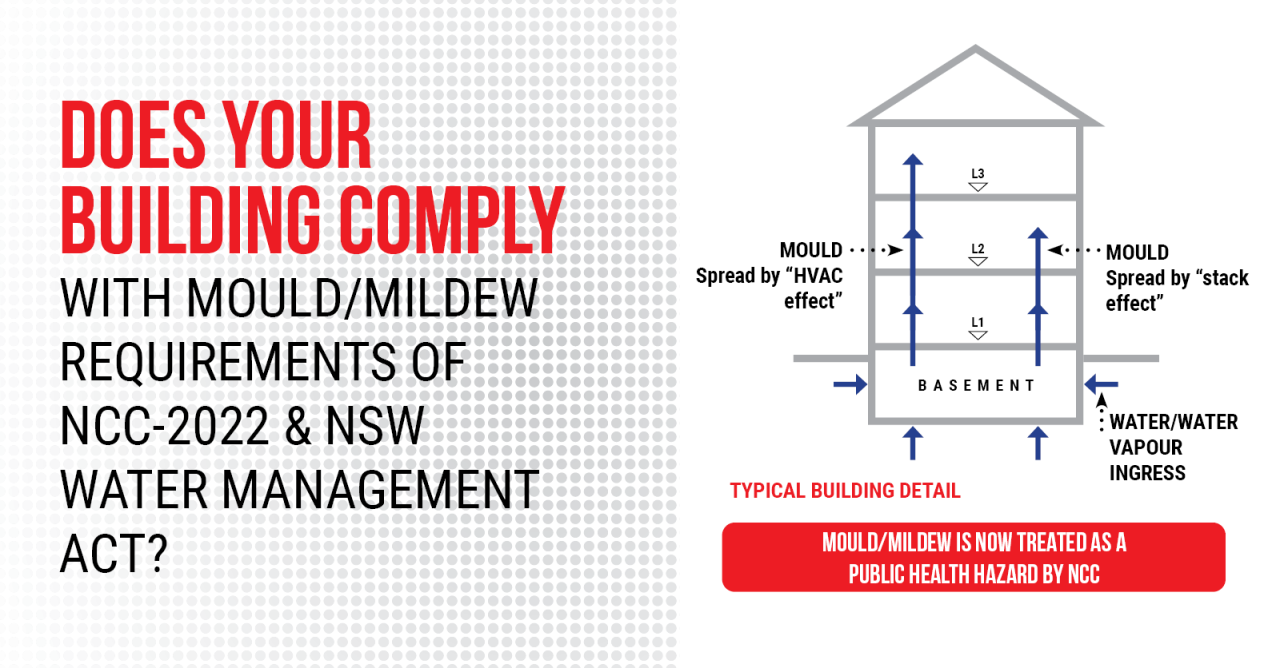The rise and rise of Dincel Structural Walling
Published 10 July 2023
Structural engineer Burak Dincel was running a successful engineering firm when he conceived the idea of his patented PVC wall-building material known as Dincel Structural Walling.
Burak said his invention, which launched in 2006 after five years of intensive research and development, was a way to address the limitations of concrete walling. But instead of moving away from concrete altogether, he integrated it into his new creation.
“Instead of challenging the concrete industry, I became its best friend,” he said.
Dincel Structural Walling became Australia’s first polymer-based permanent formwork system. The lightweight, hollow form PVC formwork snaps together to build and form the wall and stays in place after the concrete is poured. This provides the wall with a durable, waterproof skin.
Burak said Dincel ensures ease of modification during construction and that the product helps to solve a myriad of problems. These range from skilled labour shortages and slow construction times through to work health and safety concerns and engineering issues relevant to vertical building elements such as walls.
He explained that anywhere you can use concrete, you can use Dincel from basement and retaining walls to façades, balustrades, columns, tanks and pools. “The product is suitable with any finish: raw, paint, render, or cladding … there is no limit to what you can do,” he said.
Burak said when used in apartment construction the Dincel load-bearing wall system can cut structural costs by 30% and reduce construction time by 50%. This has seen Dincel put forward as an ideal product for affordable housing projects. Burak has written a paper on this very topic, commenting that” “if the subject is cost/time and the achievement of maximum CO2 reduction, you will find no better solution to apartment construction than using a loadbearing wall system”.
“You cannot compare it with the brick wall. Before they start we will finish the job,” Burak said.
Dincel has also introduced a Waterproof System Warranty which promises zero leakage for up to 50 years. Dincel’s polymer skin is impervious to water and once the concrete is filled, the Dincel panel joints are entirely waterproof. The junction between the Dincel wall and the footing/slab requires waterproofing, but there is no need for the use of additional waterproofing measures.
Burak said the warranty means people don’t have to worry about the risk of sick building syndrome and related health hazards like mould, mildew and damage to stored equipment in basements. Dincel has proved particularly effective for basement construction and creating habitable rooms below ground.
The popularity of Dincel continues to grow with the products used across commercial, residential and civil projects in Australia New Zealand, Fiji and Singapore.

